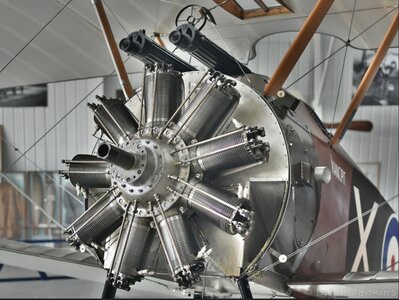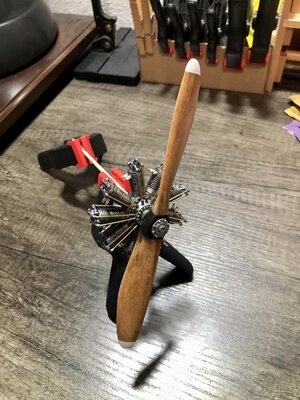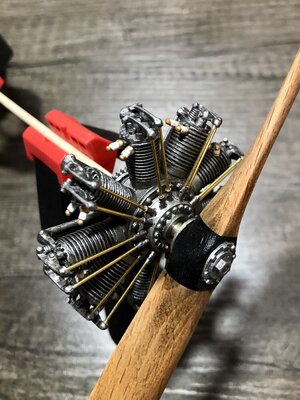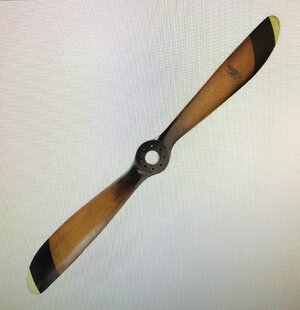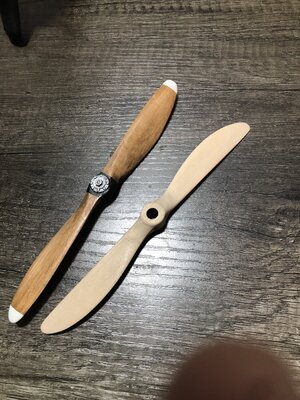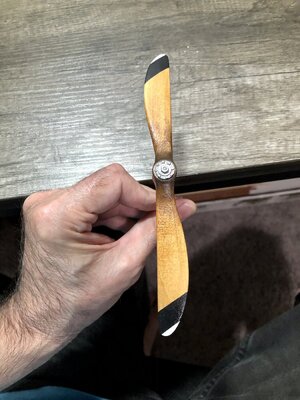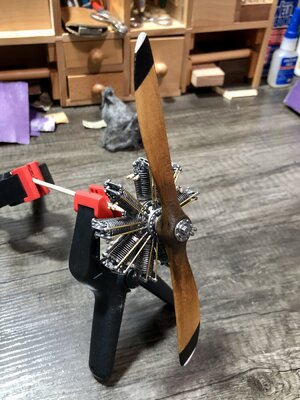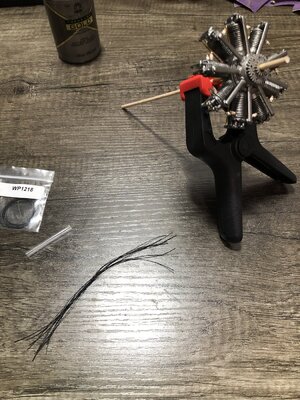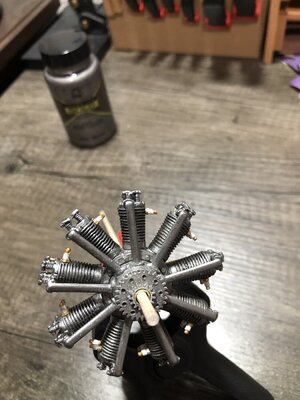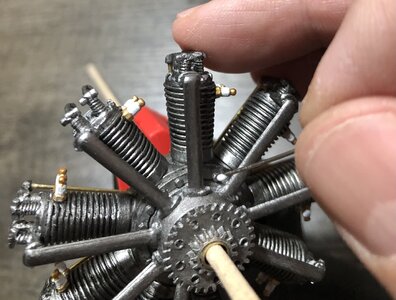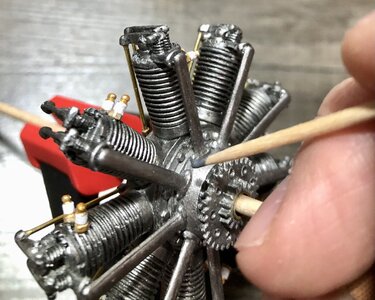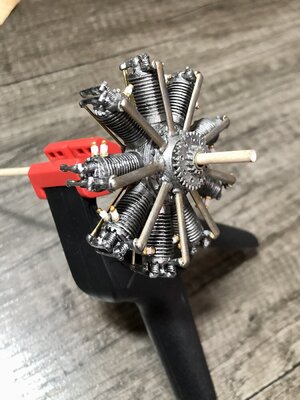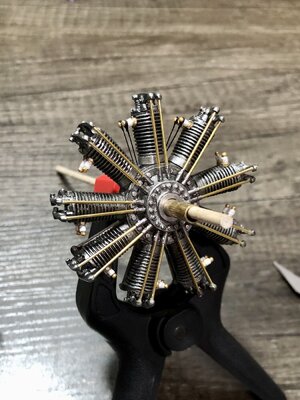I ordered the Model Airways Sopwith Camel and the Neiuport 28. I ordered them from two different vendors on the same day because of availability.
Anyway, the Camel arrived first, so I am starting on that one first.
Here is the photo from the add…I’m sure most of you have seen it.

And here is the Neiuport 28 for reference…
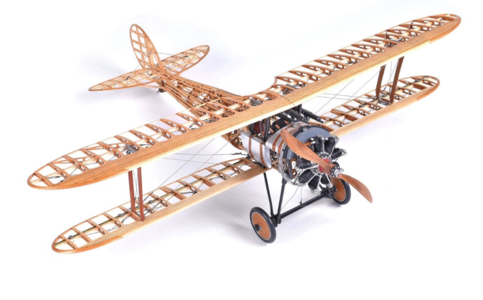
I also want to build the Albatross D.va kit.
Here is a picture for reference…
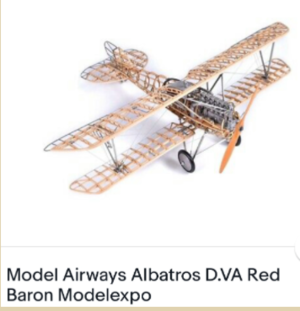
EDIT:
According to the instruction book, here are the build stages:
Stage 1: Building the Engine & Propeller
Stage 2: Building the Wings
Stage 3: Building the Empennage
Stage 4: Building the Fuselage
Stage 5: Building the Engine Mount & Plumbing
Stage 6: Building the Cockpit & Controls
Stage 7: Empennage Installation & Cabling
Stage 8: Attaching the Lower Wing & Undercarriage
Stage 9: Attaching the Upper Wing, Cabling and Bracing
Stage 10: Finishing Touches
I will add the stage number and name at the beginning of each stage in BOLD CAPS, on the post I start that Stage.
Anyway, the Camel arrived first, so I am starting on that one first.
Here is the photo from the add…I’m sure most of you have seen it.

And here is the Neiuport 28 for reference…

I also want to build the Albatross D.va kit.
Here is a picture for reference…

EDIT:
According to the instruction book, here are the build stages:
Stage 1: Building the Engine & Propeller
Stage 2: Building the Wings
Stage 3: Building the Empennage
Stage 4: Building the Fuselage
Stage 5: Building the Engine Mount & Plumbing
Stage 6: Building the Cockpit & Controls
Stage 7: Empennage Installation & Cabling
Stage 8: Attaching the Lower Wing & Undercarriage
Stage 9: Attaching the Upper Wing, Cabling and Bracing
Stage 10: Finishing Touches
I will add the stage number and name at the beginning of each stage in BOLD CAPS, on the post I start that Stage.
Last edited:



